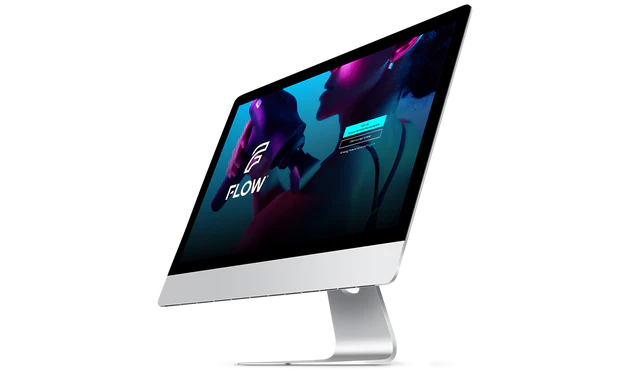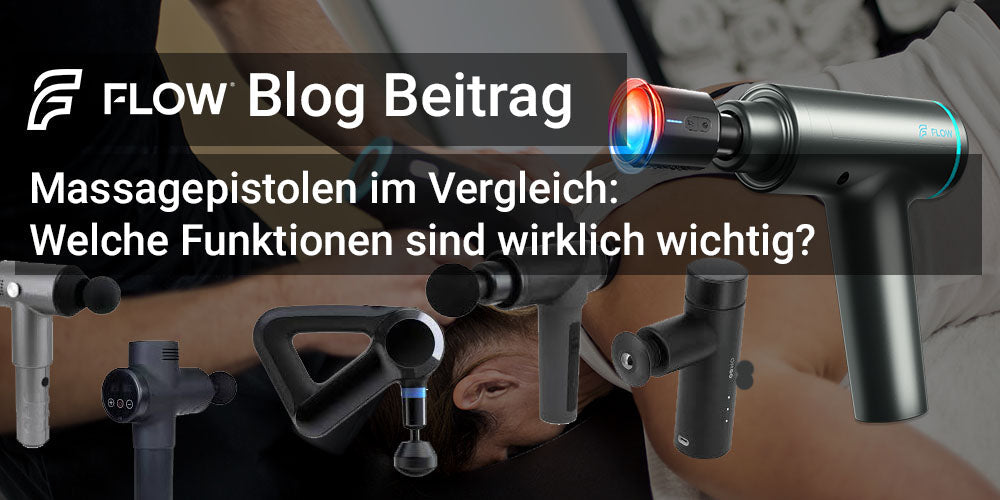
As more and more handheld massagers come onto the market, you might think that there is little difference between them other than the price and color. But if you take a closer look, you'll see that there's more to these devices than meets the eye.
The motor
Everything starts with the engine. One of the first things anyone will notice when they pick up a massager is how loud it is. Early pioneers in this industry argued that loud = more power. Tim the Tool Man Taylor, anyone? We have always disagreed with this theory and attributed it to poor engineering. When buying a tool, you should pay attention to the parameters stall force, decibels and PPM (percussion per minute).
If a piece of equipment has low blocking power, you may not be working some muscle groups hard enough to release tension. If it is high in decibels, it will be too loud to use and could be uncomfortable near the ears. This also means you can't use it in a professional office environment, or it might be too strenuous for a physical therapist to use it all day. A hand drill is about 100 decibels, while the hum of a refrigerator is about 50 decibels. You should look for a device that does not exceed the 60 decibel mark to ensure that it is accepted in society!
A recovery device with a low PPM will not work fast enough to deliver a true percussive massage. An inferior device will either brag about being whisper quiet but actually have very little power, or it will tout its power but fail to mention how loud it really is. A really powerful and quiet brushless motor is a great thing.

The battery
How long a device lasts depends on its intended use. A device with a battery life of just a few hours will never be suitable for professional use where it is used all day. For everyday use, you should expect at least a 2600mAh battery. For someone buying a device for personal use, 1500 Mah would be sufficient. A device with a removable battery also reduces the risk of running out of charge because you can keep a spare battery in reserve. This would be especially useful for a professional who uses the device constantly.
The design
This point is probably a matter of personal preference, but there are still a few points to keep in mind. A device should be ergonomic to use. Anything that doesn't fit well in the hand won't be comfortable to use. Be careful not to have multiple appendages sticking out of the device, as this is a sure sign of poor internal construction that cannot accommodate all moving parts in a standard case. On the other hand, you should be wary of tools with particularly long or thin handles, as these are likely to fail if you apply too much pressure. The battery is usually housed in the handle. However, beware of devices where the entire handle can be removed, as this may create a weak point at the connection point.
The build quality
The truth in this industry is that many companies have never seen the device they sell. This means they have no visibility into the quality of the tool they have built their brand around. A company that produces its own device in-house has the opportunity to ensure strict quality control of the materials sourced and the manufacturing of the product. This leads to fewer defective products being returned and increased trust in the brand.
The heads
Attention needs to be paid to the part of the device that actually touches your body. Replaceable heads are a must to ensure you have the right recovery option on hand. At a minimum, you should have a head made of a softer material to ensure you don't further inflame injuries, a smaller diameter head to locate difficult knots, and a bifurcated head to avoid sensitive areas like your spine. When it comes to heads, the more the better!
As you can see, there is a lot to consider when choosing a device. Pay attention to reviews from professionals because they are the ones who use the devices every day. Investing a little extra time into research can save you a lot of heartache (or backache) in the future!





